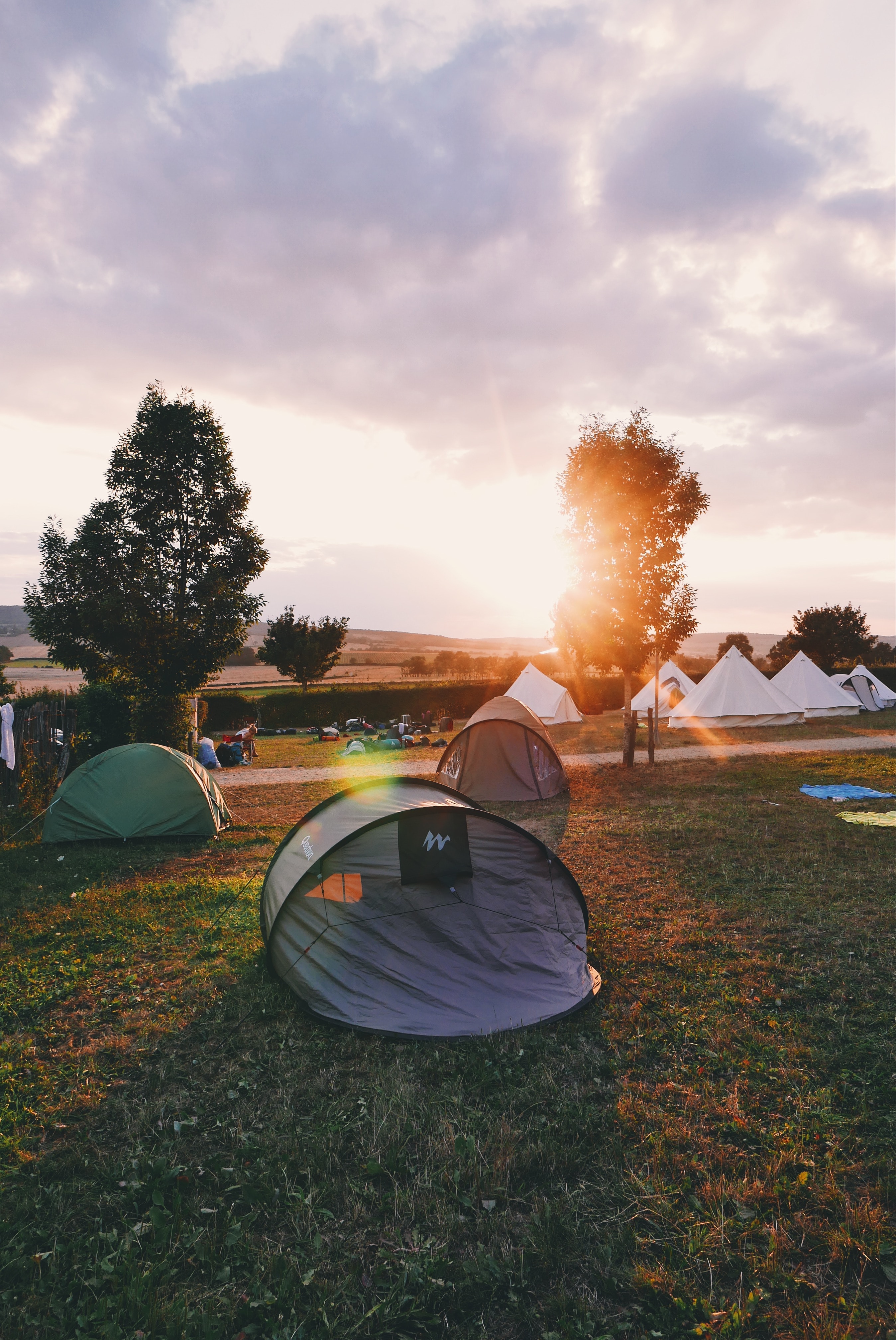Research and Plan Ahead:
- Research the area where you plan to camp. Look for campgrounds, national parks, or wilderness areas in advance.
- Check if reservations are required or recommended, especially for popular camping destinations.
- Consider the time of year and weather conditions, as this can influence your choice of a campsite.
Check Campground Regulations:
- Read and understand the specific regulations and rules of the campground or area you're visiting. This may include rules about fires, pets, quiet hours, and more.
Choose a Suitable Location:
- Decide on the type of camping experience you want. Do you prefer a developed campground with amenities like restrooms and showers, or are you looking for a more secluded, primitive camping experience?
- Consider the distance you're willing to travel from your vehicle or trailhead to the campsite. Backpackers will want a site close to the trail, while car campers may prefer easier access.
Evaluate Terrain and Accessibility:
- Look for a flat and level area to set up your tent. Avoid places prone to flooding or where water may accumulate during rain.
- Ensure there's a safe and accessible spot for your vehicle if you're car camping.
- If you're backpacking, choose a site that's a reasonable distance from the trail and water source but not too close to avoid potential environmental impacts.
Consider Safety:
- Look for potential hazards like dead or overhanging trees, cliffs, or unstable terrain. Ensure your campsite is a safe distance from these dangers.
- Check for signs of wildlife activity and choose a spot that minimizes encounters.
Proximity to Water:
- Campsites near a water source are convenient for cooking, drinking, and cleaning. However, make sure you follow Leave No Trace principles and camp at least 200 feet away from lakes and streams to protect the environment.
Privacy and Scenery:
- If you value privacy, try to find a campsite that's not too close to other campers.
- Consider the view and surroundings. Do you want a site with a scenic vista or one nestled in a wooded area?
Leave No Trace:
- Follow Leave No Trace principles by choosing established campsites whenever possible to minimize your impact on the environment.
- Avoid creating new campsites, disturbing vegetation, or leaving any trash behind.
Test the Ground:
- Before setting up your tent, clear any rocks, sticks, or debris from the area.
- Lie down on the ground to ensure it's comfortable for sleeping.
Be Flexible:
- Sometimes your ideal campsite may already be occupied, or conditions may change. Be flexible and have a backup plan or alternative sites in mind.
By following these steps and taking into account your preferences and the specific conditions of your camping trip, you'll be well on your way to choosing the ideal campsite for a memorable outdoor experience.


